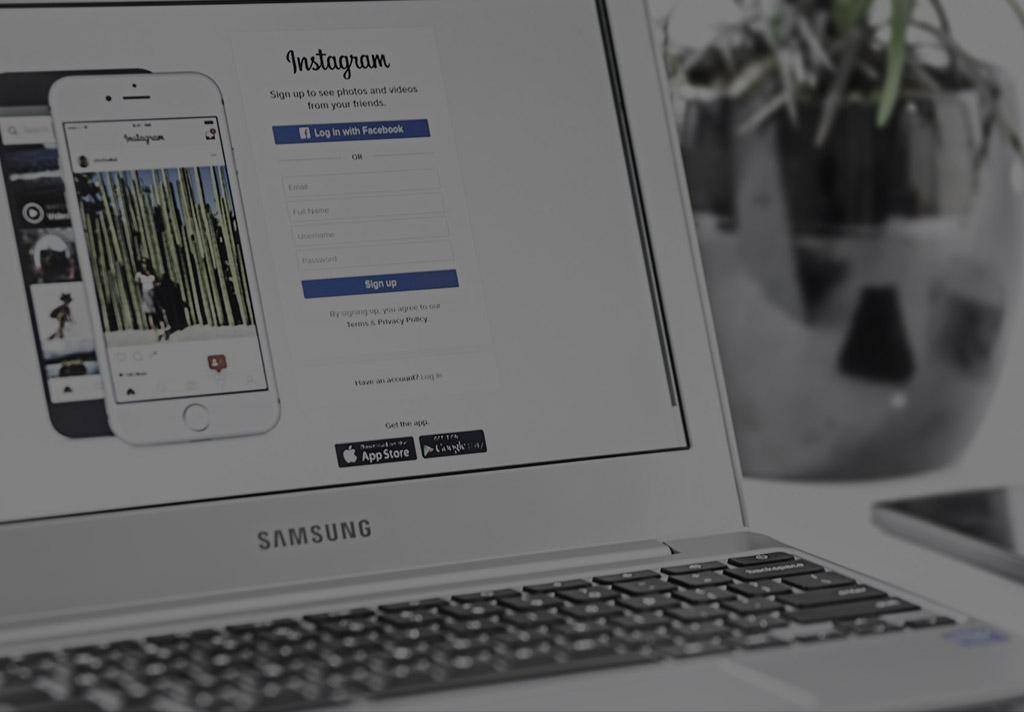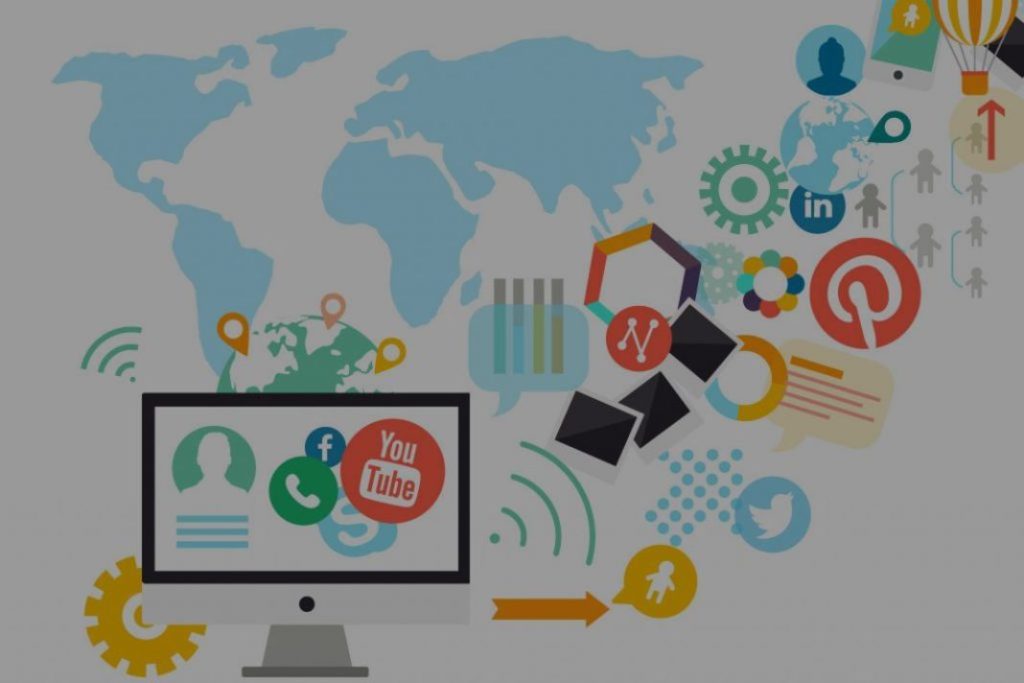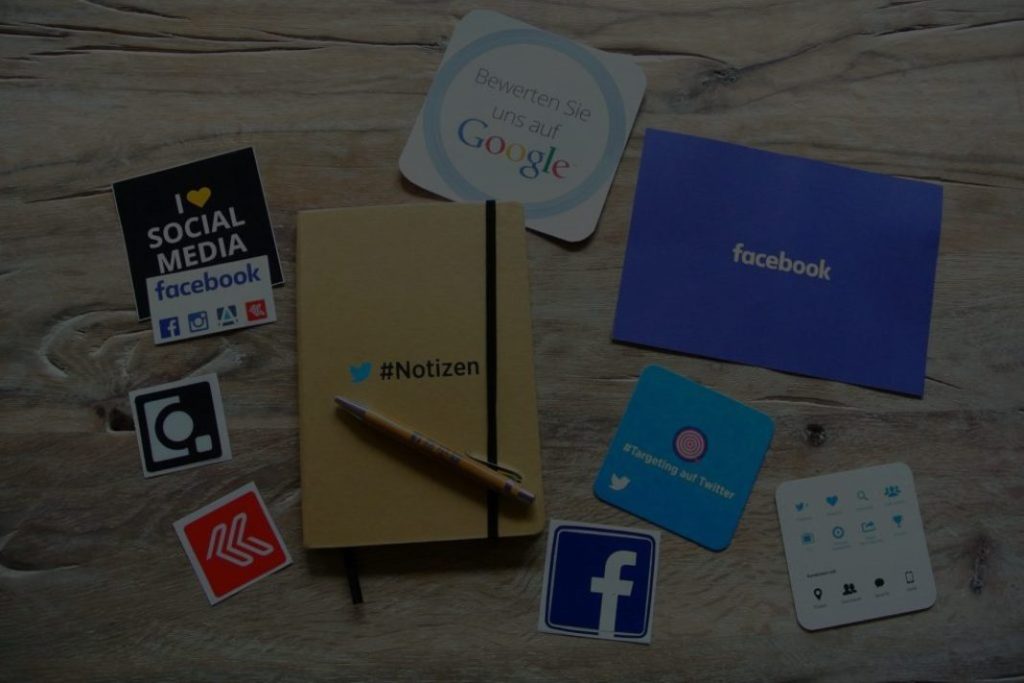How to Use Instagram for B2B marketing
Marketers need to unravel how to use Instagram for B2B marketing for engaging with & converting the prospects, especially post-pandemic era.

Instagram is a paradise for visual marketers.
Lately, in September 2019, Instagram changed its algorithm to personalize users’ newsfeeds & give them better control over their privacy.
Forrester Research had predicted that over the next 6 months starting October 2019, Instagram will continue to experiment with algorithmic updates. Amidst all the algorithmic updates Instagram now has a user base of 1.074 billion users worldwide in 2021 (Source: eMarketer, 2020).
For long people have been arguing about leveraging the social media marketing platform for B2B marketing & some still aren’t sure if Instagram is for B2B businesses.
However, amidst all the speculations & opinions Instagram will continue to be a powerhouse fueling B2B marketing even in the post-pandemic era.
Why Use Instagram to Fuel Your B2B Endeavors
The aesthetics of Instagram relies on the fact that visual feeds spark quicker action in prospects. Thus, Instagram is an important platform for businesses to attract, engage with & convert their potential buyers by delighting them with useful pieces of information & ultimately optimizing the conversions.
Furthermore, according to a report by HubSpot 71% of the businesses utilize Instagram & according to foundationin.co, 80% of the users follow a business on Instagram.
Conventional wisdom is a thing that B2B customers nowadays prefer to harness from the social media platforms they spend most of their time on. Therefore, Instagram being an excellent platform for users’ engagement, marketers need to learn how to use Instagram for B2B.
Ways B2B Marketers Can Use Instagram
According to a study by Facebook business, 835 of the Instagram users agree that they stumble upon some new products or services via the app & the same study also established that by having a presence on Instagram, brands can positively influence their potential customers.
Having an Instagram account has two prime benefits for B2B marketers:
- helps in building brand awareness &
- It can significantly improve the website traffic
According to TrackMaven, Instagram generates 20 times more engagement than LinkedIn for B2B brands.
Hence, brands need to introspect how to use Instagram for B2B marketing in 2020.
The following strategies materialize as Instagram b2b best practices for 2020:
1. Get Started with Instagram Business Profile:
Having an Instagram business profile allows marketers to access the crucial statistics about the overall performance of Instagram as a marketing platform in Databox. Leveraging the significant KPIs (Key Performance Indicators), the marketers can learn more about their Instagram followers.
According to Morgan Lathaen of Thumbprint, having an Instagram page allows brands to be directly contacted by the followers, as followers can use the “contact” button to directly contact the brands from their Instagram page.
Furthermore, Instagram’s analytics tool fetches statistics about the impressions & reach of the posts.
2. Be Wary of the Algorithmic changes:
Marketers need to comprehend how to use Instagram for marketing, in the light of frequently changing algorithms & an enhanced probability for more frequent changes shortly.
Instagram is giving users a little more control over their privacy, particularly when talking about the third-party apps used to connect to the service. Marketers will easily be able to manage all of their third-party apps linked to their Instagram account. The authorization screen that pops up while linking the third-party apps will have a more detailed categories & access request list.
3. Get the Augmented Reality (AR) features the right to set up your photo quality:
Instagram has teamed up with Spark AR to open up its AR platform which allows marketers to use AR technology to create their own Instagram filters to share Instagram stories or highlights.
AR-enhanced photos & videos and playing around with bold colors while keeping the professionalism intact helps brands to optimize users’ experiences (UX) for greater conversions from the platform. Using the branded filter converts followers to brand ambassadors. This further improves the brands’ outreach.
Marketers need to focus on content diversification & creating eye-popping content to optimize their marketing endeavors on the platform.
4. Deploy User-Generated Content (UGC):
UGC is the content produced by users & featured by other people on their page (with proper credit). UGC seems to be most effective on Instagram.
According to a report from Social Annex, UGC Instagram posts see 50% higher engagement over branded images.
Leveraging customer-created content has additional benefits on Instagram:
- Customers trust the authenticity of UGC
- The marketers are never haunted by the fear of “nothing to post”
- Prioritizing audience preferences signals that brands understand them & their requirements which strengthens the relationships between the brands & audiences & improves customer loyalty
To optimize the customer-created content marketers need to determine their social angle, create the best B2B hashtags relevant to the brand theme, feature, or products & services & above-all create things that stick to users’ minds, competitively benchmark the user-generated content to collect the best posts & give credits to the customers in the captions.
UGC certainly goes a long way as a magic strategy for optimized conversions for marketers using Instagram.
5. Leverage Video Marketing:
Instagram boasts of more than 20 billion photos & videos being shared every. Certainly, Instagram is heaven for video & visual marketers, in particular, those who have got some high-quality stuff to broadcast. Going live more often is also a good strategy to promote brand resonance & architect channels for omnichannel brand reputation management & awareness. Instagram requests the videos on the platform not to exceed 60 seconds in length.
Learn more: How Omnichannel Reputation Management Assists in B2B Branding
According to the data from HubSpot research, 30-second videos are ideal for Instagram. Also, the research showed that Instagram videos receiving the most comments were around 26 seconds in length.
Competitive benchmarking, avoiding being too commercial, using best B2B hashtags, diversified & split-tested video content strategy, consistent posting, geo-tagging & using tools such as Sprout Social, Ripl & Clipper are amongst Instagram B2B best practices for businesses using video marketing.
6. Define & Deploy the Instagram KPIs
Learning to define their goals for Instagram & then defining the KPIs to quantify, measure & optimize their marketing endeavors is amongst the most important steps.
According to Teodora Lozan, SaaS Marketer at Socialinsider, analytics tools are the best friends for marketers to constantly review their data to see which types of strategies are paying off the best results.
A/B testing, multivariate analysis & trend mining (both real-time & over a while) are the absolute essentials for marketers willing to use Instagram for B2B.
Wrapping It Up
Instagram in a tweet in January 2019 acknowledged that what shows up on the top of users’ newsfeed is primarily based on users’ preferences & researching & engagement habits. Amidst all the subsequent algorithmic tweaks that have followed this tendency has remained constant.
For marketers, it is important to understand that having a clear strategy for Instagram marketing that aligns with their goals as a B2B company, helps in multiple ways as featuring the specific products or services, humanizing the brands with a reflection of company culture & transforming brands into thought-leaders by sharing relevant industry statistics & marketing quotes.



